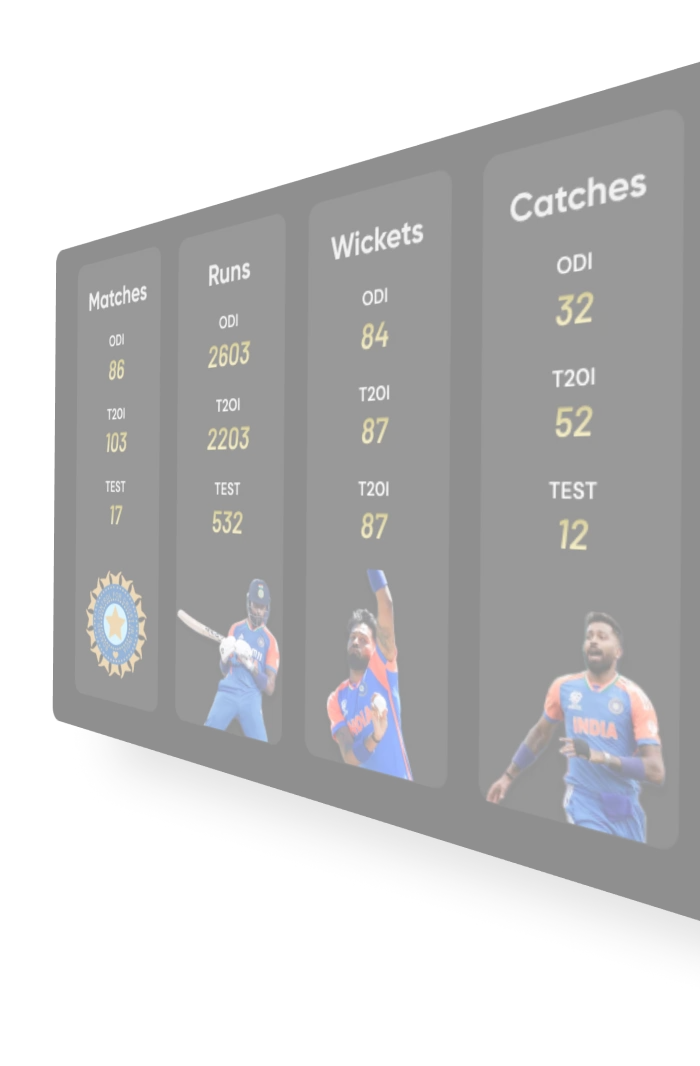Michael Vaughan Proposes Strict 90-Overs Rule to Fix Slow Over Rates in Tests

Table Of Contents
Michael Vaughan Slammed the Slow Over Rate After India vs England Lord’s Test
Michael Vaughan, the former captain of England and now a broadcaster, has become frustrated with the slow over rate in test cricket. After the 3rd test between India and England at Lord’s, Vaughan slammed the slow over rate and said the teams must bowl a full 90 overs in a day. As we said earlier, in the IND vs ENG 3rd test, a total of 23 overs were lost across the first two days. It is now very common in test cricket to lose 10-12 overs a day, especially when fast bowlers bowl more. When the teams play in Asia, where generally the spinners operate for the majority of the day, there will be no problem of slow over rate and no loss of overs.
According to Michael Vaughan, the team should bowl all ninety overs on each day of a test match. There is a tradition in test cricket that a full quota of 90 overs should be bowled on the 5th day (last day) of a test match. But Vaughan said this should be followed on all five days of the game.
Citing that incident between Zak Crawley and the Indian team on Day 3, Vaughan said it was fun to watch. But he also opined that the match officials must ensure that the full quota of 90 overs can be done in a day, no matter how long it takes. Continuing on this topic, Vaughan said if the players know that 90 bowling 90 overs on all days are mandatory, these things (Zak Crawley and Akash Deep wasting time) won’t happen. Rather than playing the stipulated time, stipulated overs should be the criteria to end the day's play, is what Michael Vaughan feels.
The Players Do Not Want to Finish at 7:45 – Michael Vaughan
While talking about the finishing days play time in a test match, Michael Vaughan said no player wants to finish the game at 7:45. They wanted to rest as long as they can. Traditionally, the time to finish a day in a test match in England is 6:30 (including the extended half hour). So even if the game stretches, it should not be that long (like 7:45), as Vaughan suggests. He also thinks that it will help us see fewer breaks in between the game, like a drinks break, a bathroom break, etc. It will also help the broadcasters and punters to get more content.
Why Slow Over Rate Happens?
A slow over rate generally happens when the fast bowlers bowl more, as they have to go back to their long run-up, which will take time. There are some tactical delays as well. As we can see during the Lord’s test, Crawley was wasting time at the fag end of the day so that Team India could only bowl one over. The same goes with Akash Deep on the next day. There are many instances like that in the past.
The other factors of slow over rates are extended celebration, frequent use of Decision Review System (DRS), taking time in the field setting, lack of strict enforcement, etc. The players are happy to pay fines at the cost of slow over rates.
How will it impact Test Cricket?
The slow over rates have impacted test cricket in many ways. Like, less number of overs means fans are getting less action in a full day’s play. It can also affect the result of the match, especially in tightly contested games where every over matters. If we think from the point of view of the broadcasters, they will also get less content to show. After all, they spend a lot of money to buy the rights to show the games.
Test cricket is already not a preferred format for the newcomers. And things like slow over rate will only hinder the growth of the format. The ICC (International Cricket Council) should look into this problem. And for that matter, they can think of Michael Vaughan’s suggestion as well. The impact of slow over rate something that could be discussed in the ongoing ICC Annual Conference 2025.






FAQS
Top Teams
- India
- New Zealand
- Australia
- England
- South Africa
- Bangladesh
- Pakistan
Top Leagues
- Indian Premier League
- Women's Premier League
- Big Bash League
- T20 Mumbai Premier League
- The Hundred
- Caribbean Premier League
- Lanka Premier League
- Maharashtra Premier League
- Tamil Nadu Premier League
More Links
- Twitter trendings
- Off Field Talks
- Pitch Analysis
- Team Analysis
- Player Analysis
- Match Prediction
- Toss Prediction











